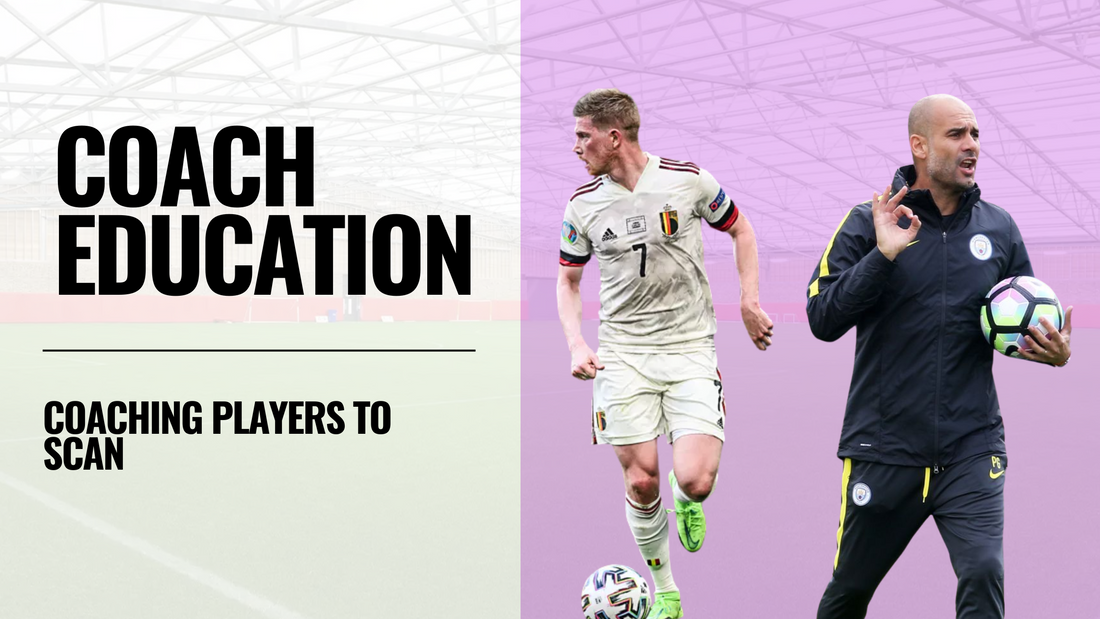
Scanning - The most underrated skill
Share
Why Scanning is One of the Most Important Skills in Football – and How Coaches Can Train It
In the modern game, decision-making speed separates the good from the great. While physical ability and technical skill remain vital, it's often a player's awareness that determines their success under pressure. One of the most overlooked, yet critical habits in elite football is scanning.
What is Scanning?
Scanning is the act of checking your surroundings before receiving the ball – a quick glance over the shoulder, a look up the pitch, or a subtle head movement to gather information. It's about reading the game one or two steps ahead, and it's a key trait shared by the world’s best players.
Players like Xavi, Luka Modrić and Kevin De Bruyne are masters of scanning. Watch them closely and you’ll see their heads are constantly on the swivel, processing the movement of teammates, opponents, and space – all before the ball even arrives at their feet.
Why is Scanning So Important?
Quicker, Better Decisions
Players who scan regularly are able to make decisions before the ball arrives. This eliminates hesitation, allowing them to turn, pass or dribble with confidence.
Anticipate Pressure & Find Space
Scanning helps players spot oncoming defenders and identify free teammates or passing lanes. It gives them the edge in tight spaces where milliseconds matter.
Improved First Touch
Knowing your next action means your first touch becomes more purposeful – setting you up to play forward, protect the ball, or escape pressure more effectively.
Studies show that players who scan more than 0.5 times per second before receiving the ball are significantly more likely to retain possession and play progressive passes.
How Coaches Can Train Scanning
Coaching scanning isn’t about shouting “look around more!” – it’s about building habits through smart, intentional practice. Here are four methods to develop this crucial skill:
1. Start with Awareness Drills
Use simple rondos or passing circuits where players must call out colours, numbers or letters positioned around the pitch before making their next pass. This encourages regular head movement and reinforces the need to gather visual information.
2. Use Small-Sided Games with Limited Touches
Introduce 4v4 or 5v5 games with 1- or 2-touch restrictions. The lack of time forces players to scan before receiving the ball if they want to keep possession. The fast tempo naturally develops scanning habits under pressure.
3. Show Video Examples
Use video clips of elite players to highlight scanning behaviour. For younger players especially, seeing Xavi check his shoulder five times before a single touch can be eye-opening. Break down why it works and what they can replicate.
4. Add Pressing Triggers to Drills
Introduce passive or active defenders in passing or combination drills. Players must learn to scan for pressure and make quick decisions – exactly as they would in a match scenario.
Final Thought
At any level of the game, the ability to scan, decide and act quickly is what makes players stand out. As coaches, it’s our responsibility to embed this habit early and often. Scanning may be a subtle skill – but its impact on confidence, composure and creativity is massive.
Let them play, yes – but teach them to look first. The game changes when players see it before it happens.

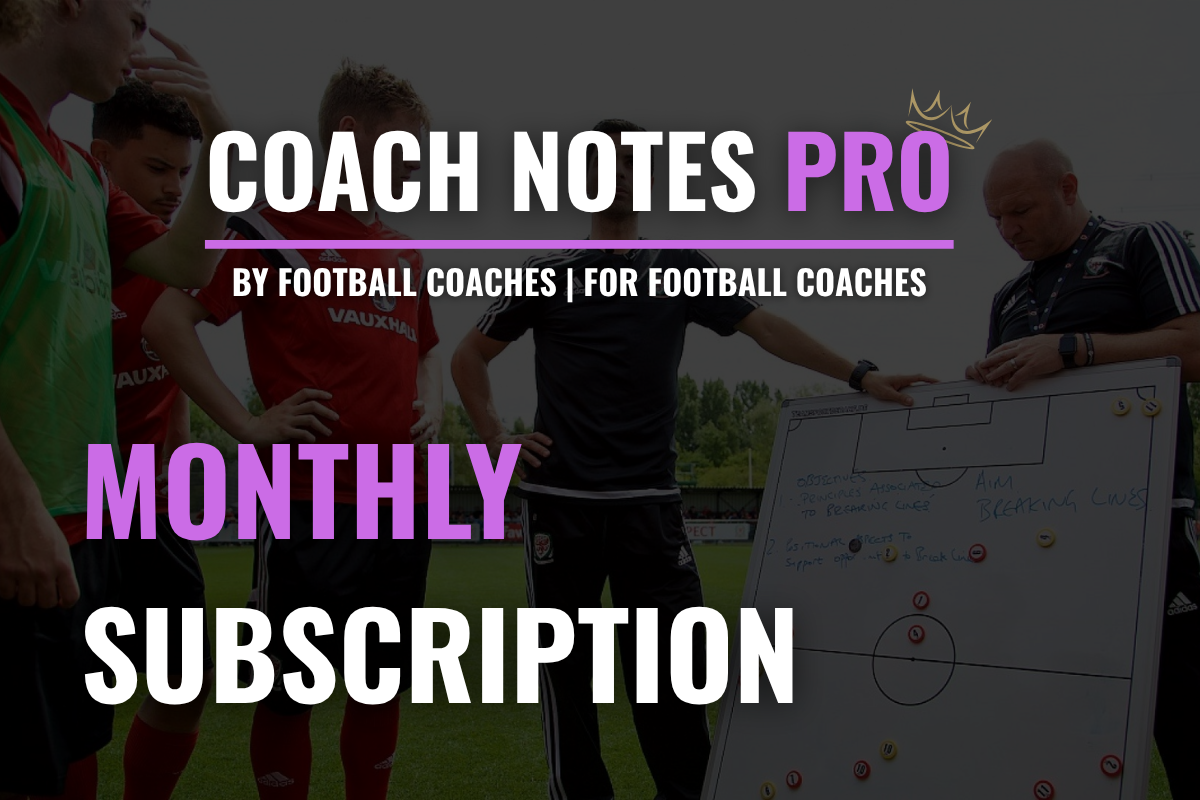


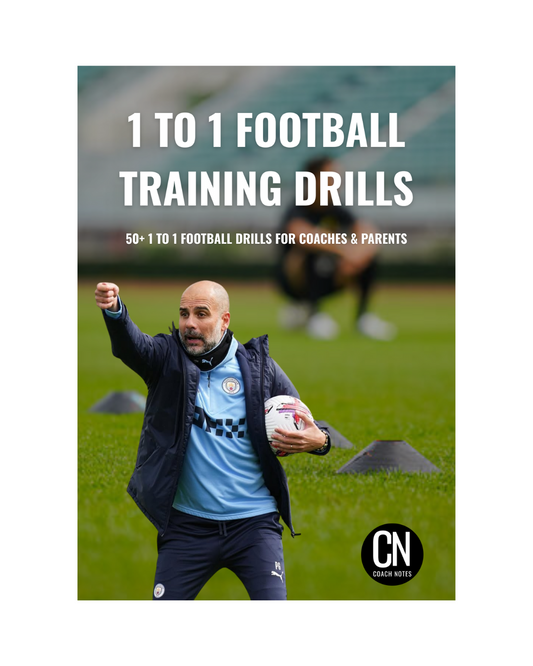
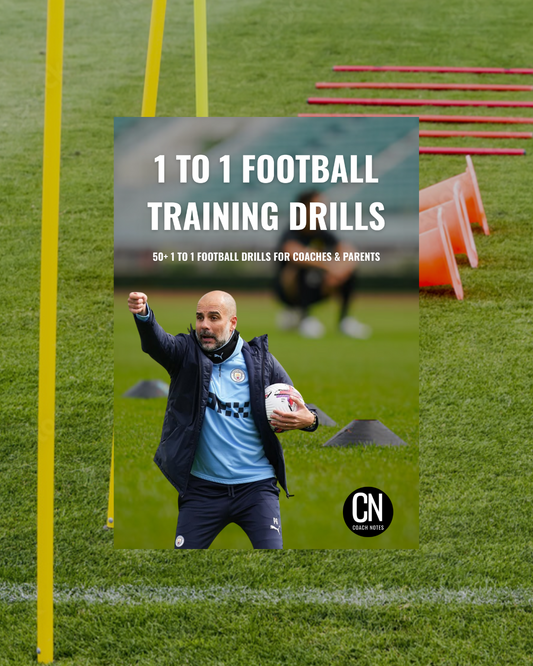

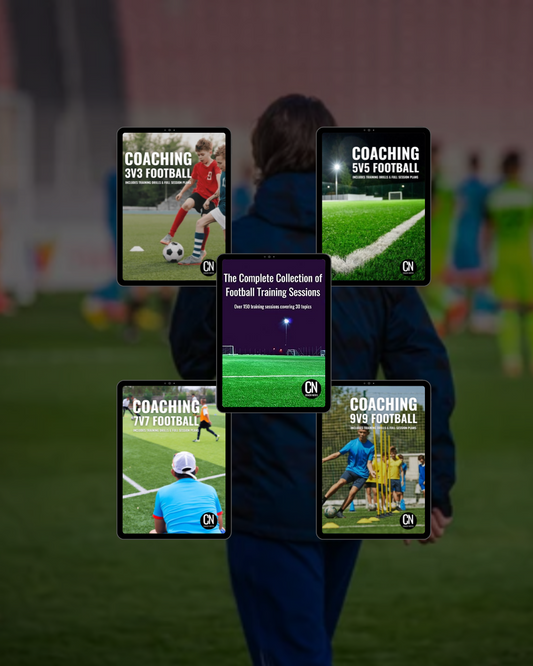
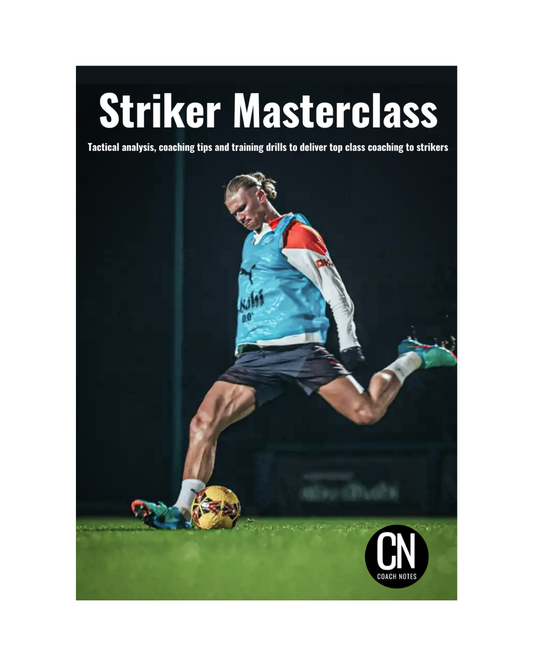

2 comments
Grassroot Coach is very important to the field and I need to get all information about training and tactics. Thank Deaf Youth FC coach
Thanks for the info for me as a grassroot coach.